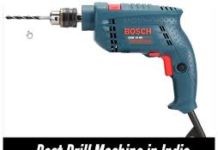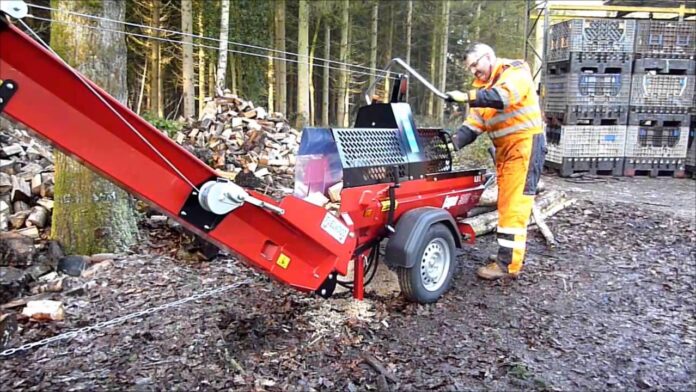
Wood has been the staple of human architecture and a type of fuel for tens of thousands of years. It has literally allowed us to prosper as a species thanks to its numerous capabilities, both as construction material and the best way to keep us warm in cold stretches. In the modern world where all sorts of new materials and fuels exist, wood still has a special place in the collective hearts and minds of people because it connects us with nature in a great way and gives us a sense of tradition, warmth, and peace.
When it comes to firewood, people who use it for their heating needs depend on it greatly and they have an extra thing to worry about each year. Tree cutting companies and all the businesses that deal with wood therefore use heavy machinery designed specifically for cutting down wood and shaping it into smaller pieces in order to meet the great demand of citizens.
One of the most useful machines of this sort is a mobile firewood processor. This is a machine that is made to cut and split firewood with as little manual interference as possible. All the human needs to do is feed the logs and the rest is up to this great contraption. If you are in need of some quality wood-cutting tools for your home or business needs, look no further than a mobile firewood processor.
In this article there is going to be some word about the best tips related to using such neat machinery. In case you want to educate yourself further on the matter and perhaps make a purchase, make sure to check this site. In the meantime, let us explore those tips.
Table of Contents
Overview

Before we move on to the tips, we must quickly summarize how firewood processors actually work. There are four main parts of it, no matter the brand or the model. The whole process starts with a pile of logs cut to between 3 to 3.7 meters, or 10 to 12 feet.
The first part is the log deck where all the logs that are about to be processed are stacked on. Every single log is then mechanically pulled and fed to the saw station, which is the second main part. Either a hydraulic chainsaw harvester bar saws the log, or a large circular saw. A guillotine is also a popular solution. The next part is the splitting chamber where the log has a force applied on it until it burst splits. Anywhere between two and sixteen pieces can come out from a single piece of the original log, depending on the needs and the market. Lastly, the outfeed conveyor pulls the split wood out of the machine and into a truck, or onto a pile.
Tips
Let us now explore how best to utilize all the benefits of mobile firewood processors.
1. Tow it anywhere
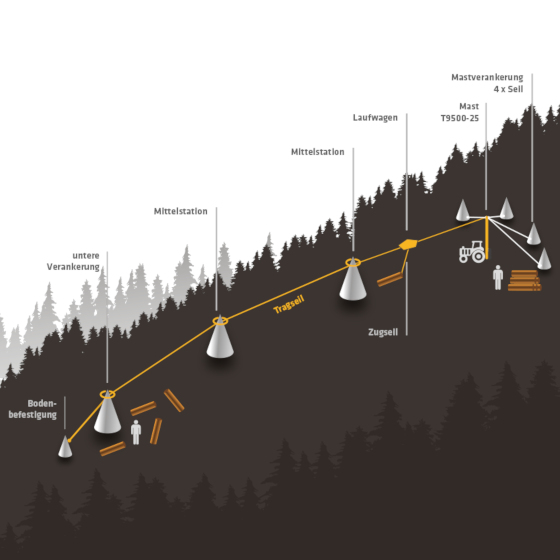
Since they are mobile, towable that is, you are not limited by space or proximity to certain things. There are wheels underneath for a reason so do not suffer far away from where the wood needs to be. It is much easier to bring the processor to the area where you keep the wood during winter than to load up a truck with whole logs, bring them for cutting, and then transport back the split logs. Be smart and think about how you can finish the whole process the easiest.
2. Safety
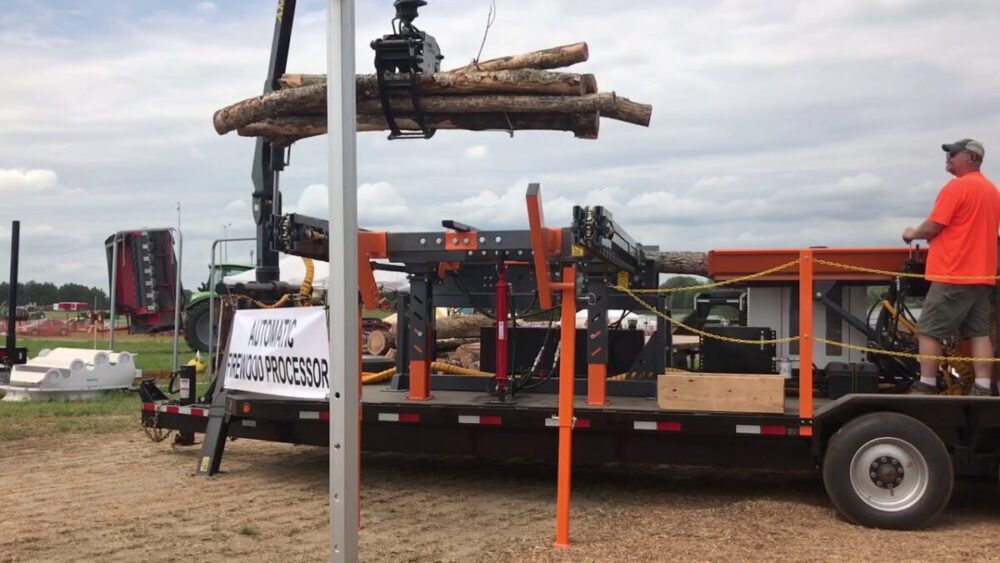
Any physical labor that requires the use of heavy machinery used for cutting is extremely dangerous, despite the fact that there is minimal human interference here. Isolate the area, do not let anyone but the operators cross the borderline, and pay attention to every single detail. The right safety measures can save you and others from serious injury or even death. The machine itself eliminates the need for too many workers so think about the total amount of people that need to be around in the first place. Reducing all the risks you can is more than enough to be and to feel safer.
3. Determine the firewood size and your needs
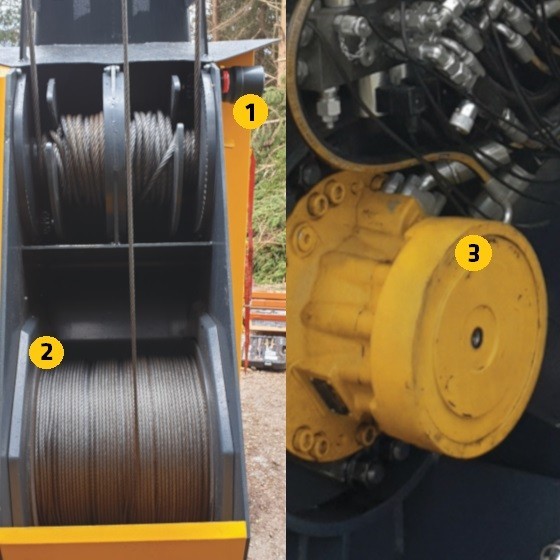
Not everyone needs the same size of their firewood pieces. Depending on the size and type of your fireplace or other types of heating, you should choose smaller or larger pieces and a vastly different number of them. Moreover, if you have a wood-chopping business, explore the needs of the market in general and think about what the people you are selling to need more. If you need bigger chunks, you require a more powerful processor that is more on the professional than the conventional side. The type of machine is crucial because larger ones come with more log feed and output capacity, as well as the feature of cutting multiple logs at once.
4. Efficiency is the key
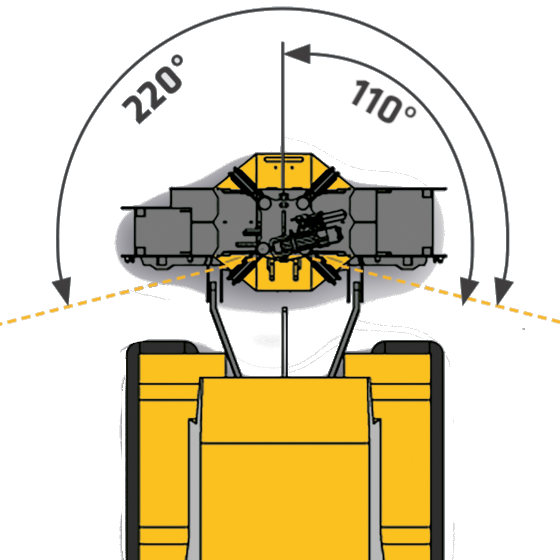
Once you have the three previous things locked in, it is time to maximize your potential and determine the best way to be productive. If you want speed and efficiency at all times, with minimal maintenance, slasher blade saws are the way to go. They are proven to be reliable and safe, although they may look a bit threatening and mean. On the other hand, traditional chainsaw bars require oiling and maintenance much more frequently, which can become tedious and take time away from your actual work. Despite this, it is a straightforward work and a simple one at that. Depending on what you need from your saw, you can maximize some key things regarding log splitting and cutting. Think about other machinery and what kind of a truck or a trailer your processor works best with. Research the cycle times and calculate everything with the goal of doing optimal numbers each time around.
Conclusion and Takeaways
Wood-chopping machinery is truly fascinating and it has been great to see how much technology and the whole wood industry have come. From simple axes and saws to futuristic high-tech robotics in a matter of decades, the end does not seem to be in sight when potential is concerned. Right now, a mobile firewood processor is something you desperately need if you frequently use pieces of wood to feed your fires.

